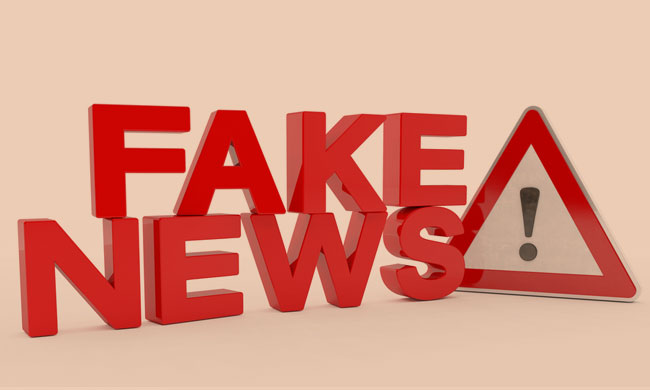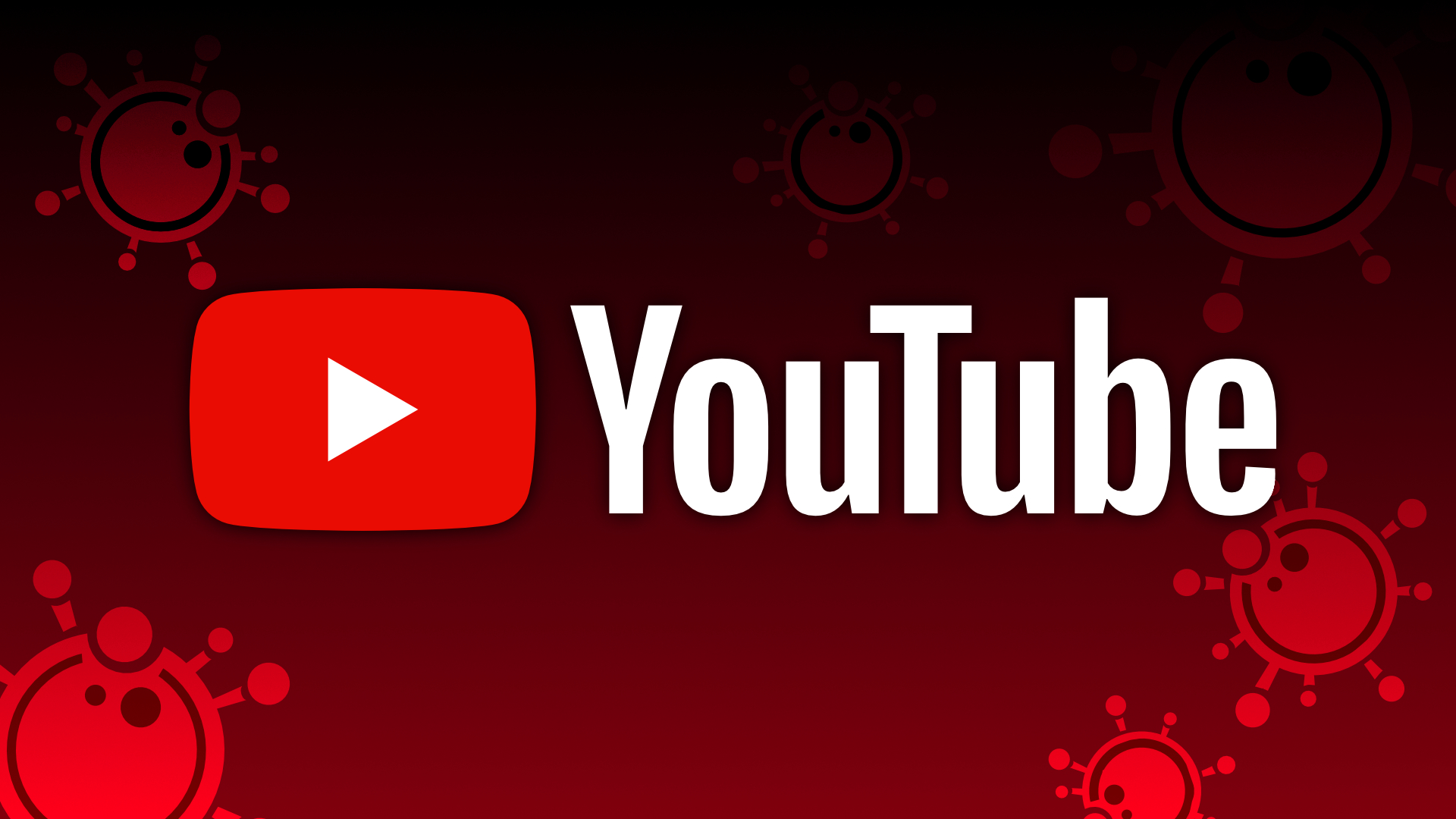Are The YouTube Channels In India Not Taking Accountability For The Content Uploaded By Them?
30.8% of the videos banned by YouTube broke the company's child safety policy, 20% were removed for being violent and graphic, and 11% for harassment and cyberbullying.

The recent removal of videos from the social media platform YouTube raises many questions about how the world is full of people who want to avoid adhering to rules and regulations. According to a renowned video streaming site report, over 1.9 million videos were removed in India between January and March 2023 for violating YouTube’s community rules, making it the country with the most deletions. During the same period, YouTube deleted over 6.48 million videos for violating community rules globally. India has the most deletions when compared to the following nations.
- US- 6,54,968 videos were removed.
- Russia- 4,91,933.
- Brazil – 4,49,759.
The Community Guidelines Enforcement report includes worldwide statistics on flags received by YouTube and how regulations are enforced. This is not the first time this has occurred. In the months of July and September 2022, YouTube omitted 5.6 million videos from its platform, alleging violations of its community rules. The desire to create content seems to push people to the extent that they cross the lines between entertainment and credibility.

For instance, the government last month busted 8 YouTube channels that were uncovered to be spreading fake news, such as the declaration of early Lok Sabha polls and banning electronic voting machines.
Officials said the Press Information Bureau fact-checked videos on these YouTube channels for spreading false news.
- Yahan Sach Dekho.
- Capital TV.
- KPS News.
- Sarkari Vlog.
- Earn Tech India.
- SPN9 News.
- Educational Dost.
- World Best News.
30.8% of the videos banned by YouTube broke the company’s child safety policy, 20% were removed for being violent and graphic, and 11% for harassment and cyberbullying.
For example, in June 2023, after the arrest of a YouTuber’ Thoppi’, the Kerala government warned of taking stringent legal action against social media campaigners who make and post content that misguides children on various online platforms. General Education Minister V Sivankutty said a deliberate attempt exists to influence students through social media platforms and make them toxic by uploading objectionable content.

In another case, in August 2022, Govt blocked 8 YouTube channels for spreading fake news. The information uploaded by some of these YouTube channels was intended to incite hate among India’s religious communities. In some videos from the blocked YouTube channels, false claims were made. It was also discovered that the content had the potential to disrupt public order.
The YouTube channels were also used to spread fake news about the Indian Armed Forces, Jammu and Kashmir, and other topics. The information was found to be utterly untrue and sensitive in terms of national security and India’s good ties with other countries. The channels employed fake and sensational thumbnails, photos of news anchors, and logos of specific TV news channels to trick viewers into believing the content was genuine.
It’s frustrating that anyone can create a YouTube channel and post whatever they want without verification or regard for the facts. Indeed, the concept of free speech and expression should be respected. Still, there should be a warning that the rampant misuse of the right to speech by mushrooming YouTube channels to circulate with misinformation, fake news, and reports deliberately twisted with communal overtones is giving the country a “bad name.”
Consider the Tablighi Markaz example. During the resumed hearing on a more than year-old petition (on September 2021) filed by Jamiat Ulama-i-Hind complaining about the widespread distribution of fake news during the pandemic to vilify Tablighi Markaz, a panel of the CJI and Justices Surya Kant and AS Bopanna took the veil off its pent-up complaints against youtube channels allegedly indulging in irresponsible and motivated spread of fake news to damage the reputations and promote communal disharmony.

It seems that the real contest is between the right to entertainment and the right of citizens to get the correct news and information. By framing the new Information and Technology rules, we need to balance the content creator’s right to free speech and the citizen’s right to get the correct information. The rules mainly intend to stop the circulation of misleading content and hold the channels accountable for the content disseminated by them.




